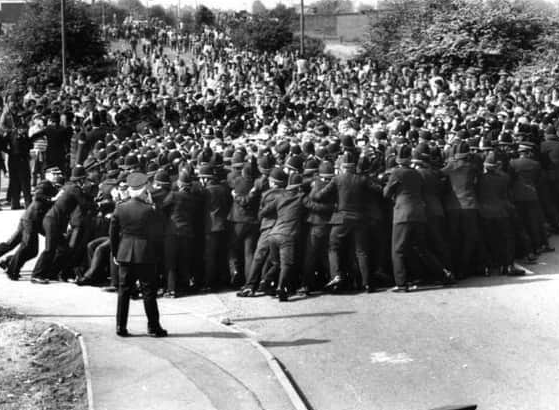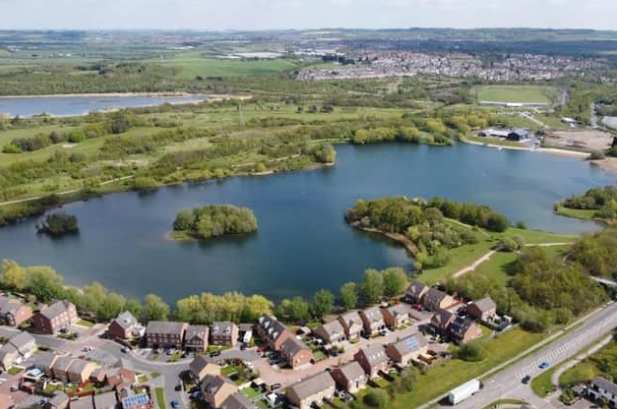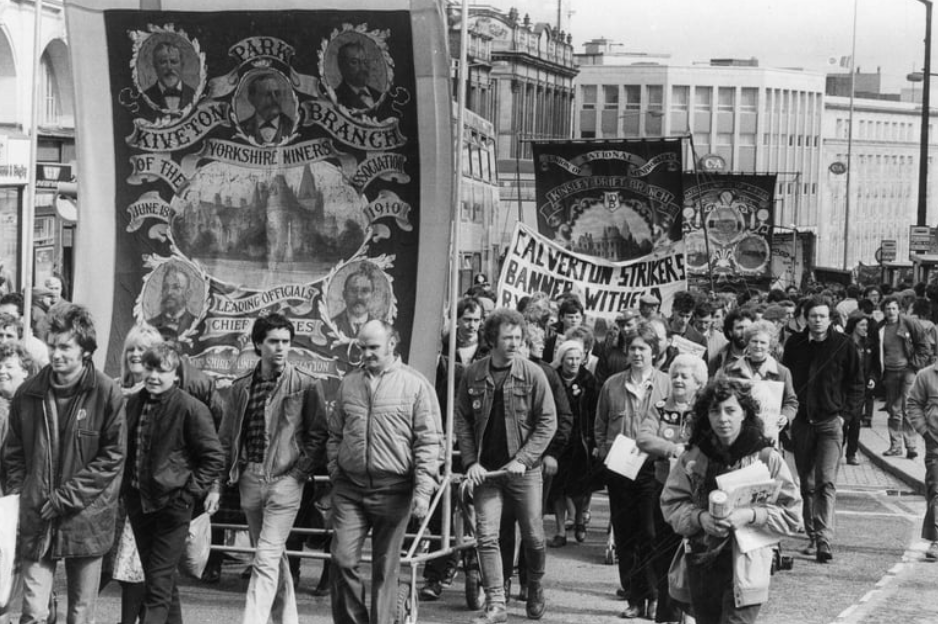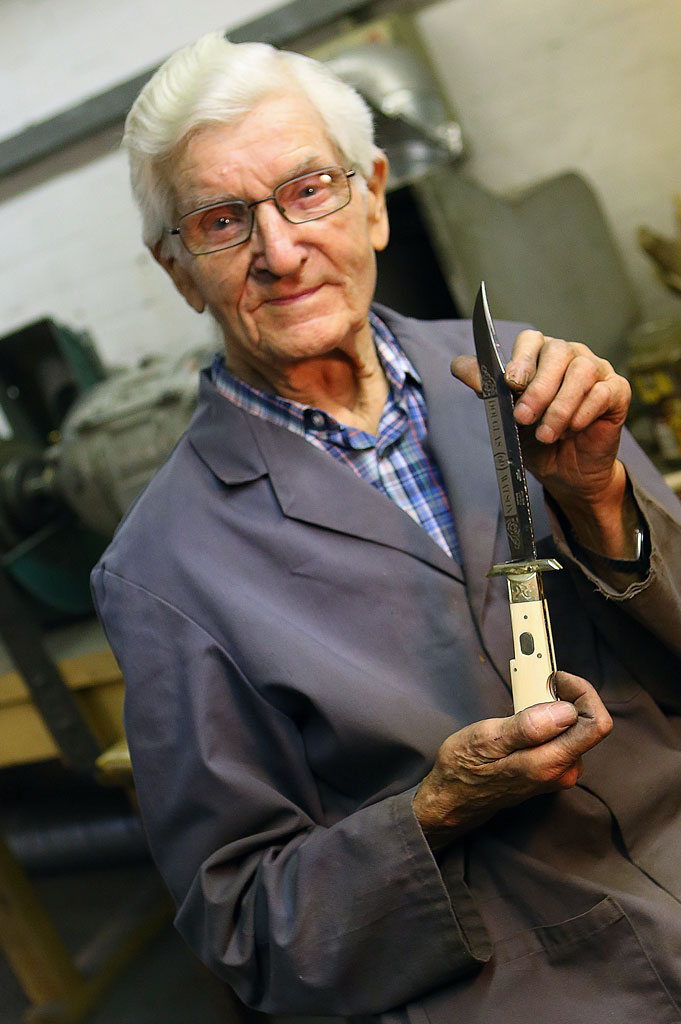Miners across South Yorkshire returned to work 40 years ago next week, but the effects of coal’s decline are still weighing down former coalfield communities today.
The year-long strike did little to prevent the demise of the biggest industry in South Yorkshire, and the prospect of new jobs and industries are still yet to fully arrive.
Last year, reports into former coalfield communities by Sheffield Hallam University showed that even though some growth had been seen, it is at a far slower rate than other areas in the UK.
Former coalfield communities have on average 57 jobs per 100 working age residents, compared to 73 in 100 nationally, and 88 in 100 in other regional cities.
To add to this, wages near the former coalfields are in some cases six or seven percent below the national average.
The days of busy mining communities may have long gone, but a determined effort has been made to preserve the legacy of the pits and attempt to revive once forgotten communities. But even when help originally came to these communities, there was shock at the neglect felt in the wake of sweeping pit closures.
Colin Harris is a Former Director at Arup, a global collective of designers and engineers, that played a major role in creating Manvers Lake on the site of the former Manvers Colliery in Wath Upon Dearne, Rotherham.
In October last year, he said: “Driving there was an emotional experience because you could see all the shops were closed down, all the facilities had closed down.
“It was utter dereliction, not just on the site, but around the site.”
How South Yorkshire is Remembering the Miners’ Strike

Museums and cinemas across South Yorkshire have been holding events and exhibitions over the past 12 months to commemorate the strike, many of them showcasing the lasting impact both economically and mentally on communities.
Films, blogs and podcasts have all been produced and shared throughout the year, including several next month at the Showroom Cinema in Sheffield.
Barnsley Museums have worked in partnership with the National Coal Mining Museum, to share local people’s objects and artefacts relating to the strike and the impact on the community.
Barnsley Cllr Robin Franklin, Cabinet Spokesperson for Regeneration and Culture, said: “The Miners’ Strike was a defining episode in our history, nationally, regionally and locally. We felt it was vital to mark its 40th anniversary.
“In Barnsley Museums we’ve spent a full year sharing the memories of local people, giving them the opportunity to reflect on everything that happened in that year and also the immense changes Barnsley has seen since.”
History of the Strike

The strike ended three days short of its first anniversary in early March 1985, when the National Union of Mineworkers voted to return work, bringing one of Britain’s longest industrial disputes to an end.
Arguably the most well known scene of the strike was the ‘Battle of Orgreave’, where pickets and police forces clashed outside of Orgreave Coking plant in Rotherham on June 18 1984, in one of the most violent clashes in British industrial history.
Almost 10,000 miners were arrested across England during the strikes, the majority of whom never faced prosecution in court.
The strike’s origins were in Rotherham, where Cortonwood Colliery was threatened with closure by the National Coal Board.
A generation later and Cortonwood, along with the rest of South Yorkshire’s Pits, are closed, many having been replaced with new projects to try and lift areas left in the lurch.
Cortonwood Shopping Centre now stands on the site of the old colliery, but its closure in 1985 is still felt in the community today.
The number of jobs lost to pit closures have never fully been combated, meaning the cost of living crisis hit particularly hard in ex-mining communities.
Cortonwood Comeback Centre, a group that was founded in the wake of the strike, still works today to support people in the community.
Denise Lelliott, a trustee at the Centre, said: “We have witnessed a massive increase in demand for our services over the last ten plus years.
“We are having to deal with issues that we would have never thought possible 40 years ago, these include homelessness, unemployment and lack of access to services.”
The centre offers a warm space for people to go during winter, as well as a foodbank and also a social group for older men, especially former miners.
“We have seen thousands of homes being built in the area, but with no infrastructure to support these,” said Ms Lelliott.
“A number of people living in these homes in Brampton and West Melton have been left behind, neglected and under-resourced.”
Using Nature to Renovate Former Coalfield Communities

Shopping isn’t the only means which has been used to attempt to renovate areas that lost their main source of income and community.
Wath Upon Dearne in Rotherham is now home to Manvers Lake, an area that had laid derelict following the closure of Manvers Main Colliery.
Arup, developed a plan to create new opportunities for the community, alongside bringing nature back to the community, through the creation of the lake.
They focused on job creation, economic regeneration and environmental improvement, to reinvigorate a community devastated by closures.
The area, which was redeveloped in the 1990s, had been left forgotten and had a lack of prospects for its residents, until work was made to bring nature, and most importantly footfall, back to Wath and Manvers.
Tim O’Connell, of Rotherham Metropolitan Borough Council, said: “People didn’t have a reason to come to Manvers at all, and wouldn’t be aware of Manvers unless you were associated with the coal mining industry.
“You’ve moved from a site which was a former coalfield at the end of its useful economic purpose, and now when you drive into Manvers and what you can see is something that is completely different.”




